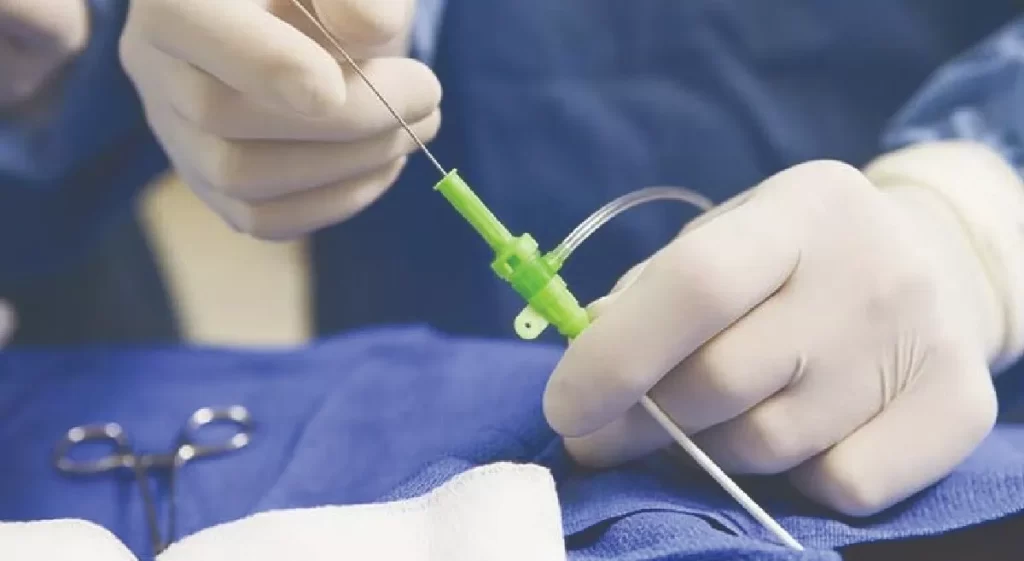

Dr. A Arun Kumar,Senior Specialist – Vascular and Endovascular Surgery, Aster RV Hospital
Vascular health plays a crucial role in maintaining overall well-being, yet the intricacies of endovascular procedures often remain shrouded in medical jargon. In this primer, we’ll break down various vascular procedures into digestible nuggets of information, ensuring that even the non-expert reader gains a comprehensive understanding of these vital interventions.
What is Endovascular Surgery?
Endovascular surgery is a minimally invasive approach to treating vascular conditions. Unlike traditional open surgeries, endovascular procedures involve entering the blood vessels through small needle hole, typically using catheters and wires.
Angiography
Angiography is like creating a road map of your blood vessels. Through this procedure, a catheter is threaded through blood vessels to inject contrast dye, enabling doctors to visualize blockages, aneurysms, or other abnormalities. It’s like taking a snapshot of the vascular system, providing crucial information for further treatment decisions.
Angioplasty
Imagine a traffic jam in your arteries caused by plaque build-up. Angioplasty is like sending a skilled road crew to clear the way. During this procedure, a balloon-tipped catheter is inflated at the site of blockage, widening the narrowed vessel and restoring blood flow. Often, a stent (a small mesh tube) is placed to keep the vessel open.
Atherectomy
Think of atherectomy as the specialized clean-up crew. This procedure involves using a device to remove or cut away plaque from blood vessels. It’s like scraping off the gunk that’s clogging up the arteries, promoting smoother blood flow and reducing the risk of future complications.
Embolization
Sometimes, abnormal blood vessels or aneurysms need to be blocked to prevent complications. Embolization involves injecting substances or devices (emboli) to obstruct blood flow in specific vessels, effectively addressing the issue without invasive surgery.
Thrombolysis
When a blood clot threatens to block essential blood vessels, thrombolysis comes to the rescue. This procedure involves administering medications that break down clots, allowing blood to flow freely and preventing damage to vital organs.
Venous Access Procedures
For certain medical treatments, efficient access to veins is crucial. Procedures like central venous catheterization or perm cath placement involve creating entry points for medication administration, blood sampling, or dialysis, ensuring optimal vascular access for ongoing care.
Peripheral Arterial Disease (PAD) Treatments
PAD can restrict blood flow to the legs and arms, causing pain and limiting mobility. Treatments like atherectomy, angioplasty, and stenting can effectively manage PAD, improving circulation and relieving symptoms.
Endovascular Aneurysm Repair (EVAR)
An aneurysm is a bulge or ballooning of a blood vessel wall. EVAR involves placing a stent graft in the weakened area to reinforce it and prevent rupture. Think of it as patching up a tire with a puncture.
Understanding endovascular procedures is like deciphering the language of vascular health. By breaking down these interventions into relatable analogies, we hope to empower every reader with the knowledge to engage in informed discussions about their health. Remember, a clear understanding of these procedures fosters collaboration between patients and healthcare providers, leading to better outcomes and improved vascular well-being.






